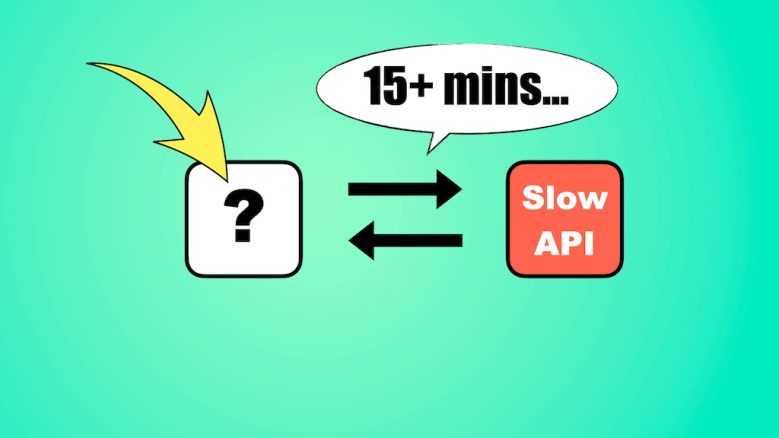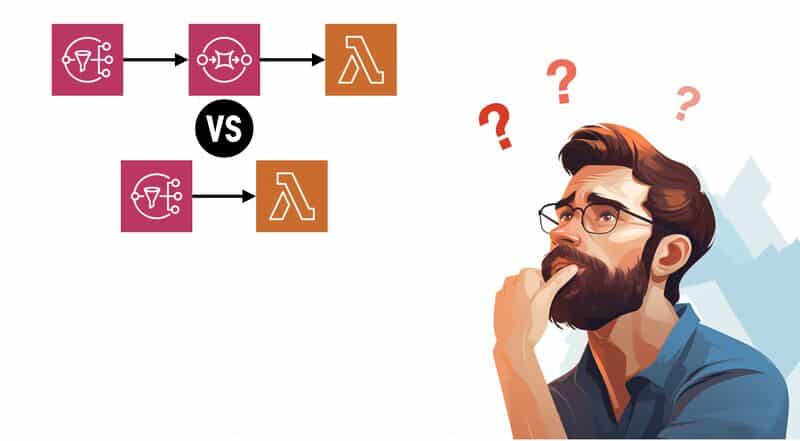What’s the most serverless way to wait for a slow HTTP response?
Every now and then you are faced with an awkward situation where you need to wait for a slow HTTP response and it can take more than 15 mins. Using Lambda is impractical because of the 15 mins timeout, and very cost ineffective because you will be paying for all that idle time by the millisecond.
If not Lambda, what’s the most serverless way for you to wait for a sloooow HTTP response?









